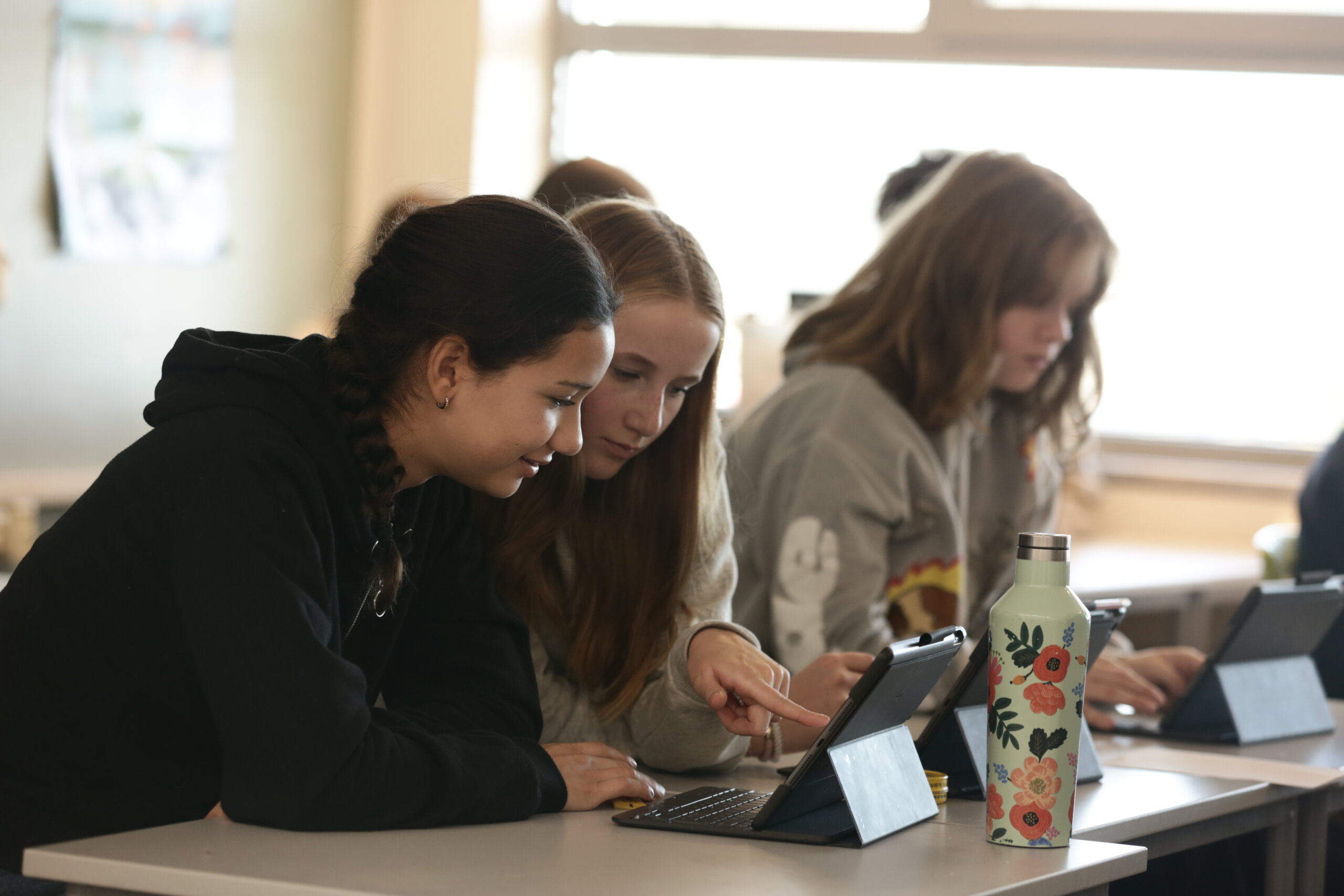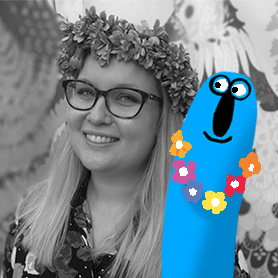The butterflies in your stomach before a big test. The heavy silence in a classroom after a tricky question. The fear of getting it wrong and potentially embarrassing yourself in front of your peers.
These are very universal academic experiences, and most of us can remember a time when we felt particularly anxious or stressed at school. I’ll go first: a high school math test that ended with me crying at my desk. I thought that single test would determine the rest of my life. It didn’t, but it sure felt like that in the moment.
This pressure is a well-documented part of student life. A 2025 study on student well-being confirmed that the primary stressors for university students are homework overload and assessment pressure. This isn’t just a feeling; it has tangible consequences. According to a Kahoot! Study Habits survey from 2024, more than half of students feel overwhelming stress or anxiety weekly or even daily. This pressure can lead to avoidance, with lack of preparation being a top cause for 42% of students who have skipped or considered skipping an exam.
But in the modern classroom, learning doesn’t have to be this way. Research is painting a compelling picture of how game-based learning (GBL) can transform the emotional climate of the classroom. It’s not just about making learning “fun” – it’s about leveraging the core mechanics of play to create a psychologically safer, more engaging, and ultimately, a more effective learning environment.

Gamified learning reduced stress and anxiety
In a study from 2024, published in the journal Learning and Motivation, researchers conducted an experiment with 176 university students, dividing them into two groups. One group experienced traditional learning methods, while the other integrated Kahoot! into their course. The results were clear. The students who used the game-based approach showed significantly reduced symptoms of stress and anxiety compared to their peers in the control group. Furthermore, their self-efficacy–their belief in their own ability to succeed–was significantly improved.
This isn’t an isolated finding. A 2025 meta-analysis by Dr. Osman Özdemir, published in the Journal of Computer Assisted Learning, came to a similar conclusion. The analysis, which synthesized 43 different studies, found that, on average, using Kahoot! has a moderate effect on reducing anxiety levels among students. Together, these studies signal an interesting trend: the intentional use of gamification and game-based learning tools can directly and positively impact students’ academic well-being.
The psychology of play: Why does it work?
What’s the magic behind turning a lesson into a game? Research points to a few key psychological mechanisms that dismantle academic stress.
- Reframing failure as play
At its core, gamification reframes the entire learning experience. The fear of failure, a primary driver of stress, is replaced by the freedom to play. When students are engaged in an activity that is genuinely stimulating, their cognitive load shifts from “I have to get this right” to “Let’s try this out.” - Building self-efficacy in a low-stakes environment
Play provides a “safe sandbox” for trial and error. In a learning game, mistakes are not catastrophic failures but data points for the next attempt. This process is crucial for building self-efficacy. Every correct answer, reinforced by instant feedback and rewards, provides tangible evidence of competence. This builds a student’s confidence from the ground up, one question at a time. - The power of playing and learning together
Anxiety and stress can be isolating experiences. Traditional testing often pits each student against the learning material in silence. Gamified learning flips that script. Research suggests that the collaborative environment fostered by games can reduce stress by allowing students to work together toward a common goal. Playing together dismantles the feeling of being alone in the struggle.
Not all games are equal: Adapting to student needs
Of course, thoughtful implementation is key. The same gamified elements that engage some students—like a ticking timer or a public scoreboard—can be a source of stress for others. This is where pedagogical flexibility becomes crucial.
A one-size-fits-all approach to gamification can backfire. The most effective educational tools are those built on sound pedagogy that allows educators to tailor the experience. This means offering different ways to play, such as team modes instead of individual competition, and options to turn off timers or scoreboards to level the playing field. The goal is to foster a fully collaborative environment where no one is alone and everyone is part of the same learning community.
The ability to customize the game is what separates simple gamification from truly effective, inclusive, and anxiety–reducing pedagogy.
Putting research into practice: Tips for your classroom
So, how can educators leverage these insights?
- Frame is as practice, not a performance: Emphasize that these games are tools for checking understanding in a low-pressure way.
- Encourage collaboration: Play in teams to foster peer support and reduce individual pressure
- Ensure all voices are heard: Use tools that allow for safe and anonymous input. For example, a game-based platform can let students submit questions or opinions anonymously, creating a common ground for the discussion that follows.
- Don’t skip the debrief: The most valuable learning often happens after the game. Use the results as a launchpad for reflection and deeper discussion to connect the experience back to the learning objectives.
Learning should be a journey of discovery, not a source of dread. By thoughtfully integrating research-backed tools and embracing the principles of playful learning, we can help our students beat the butterflies – not by eliminating challenges, but by transforming them into a game they are confident and excited to play.




